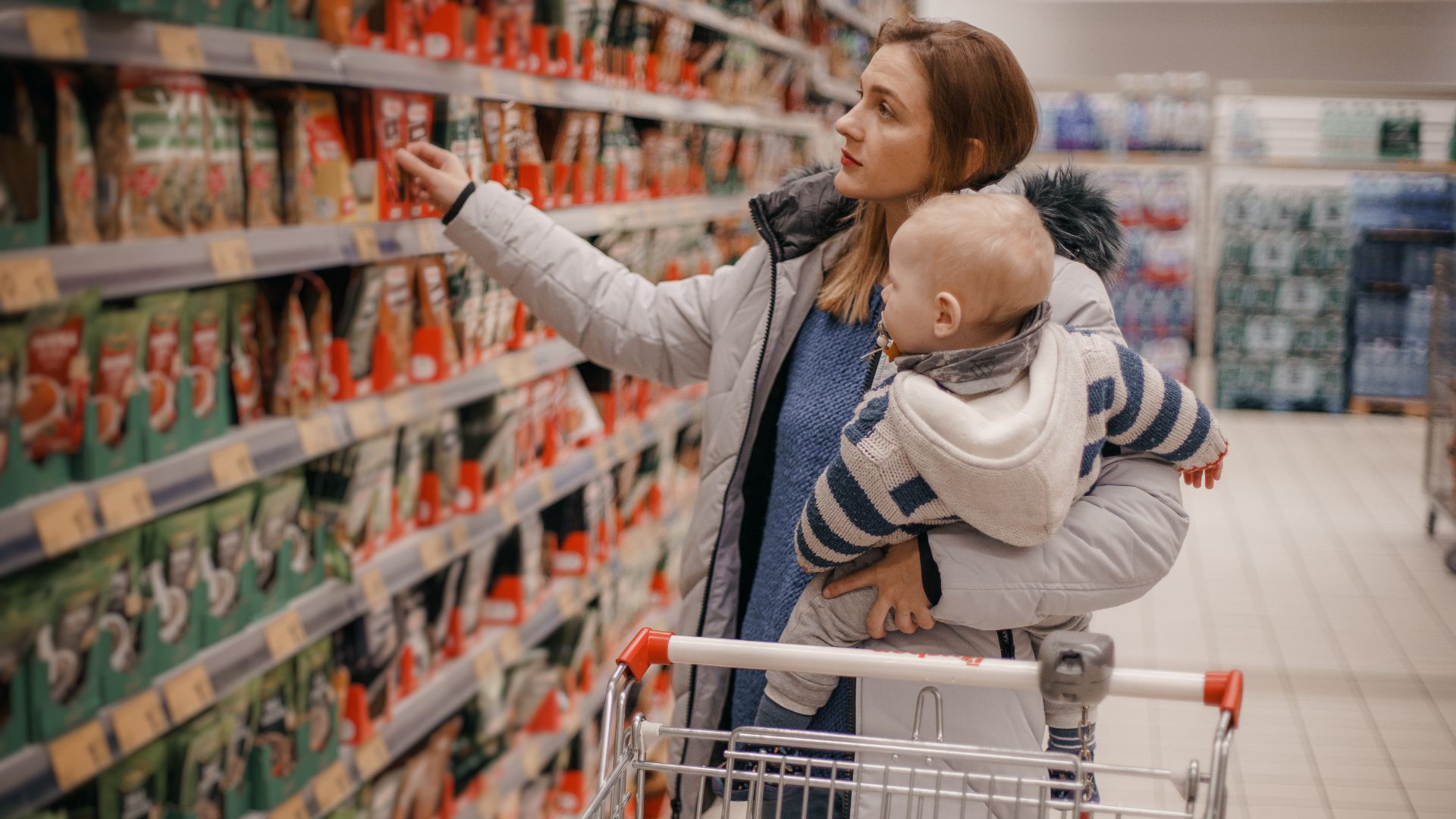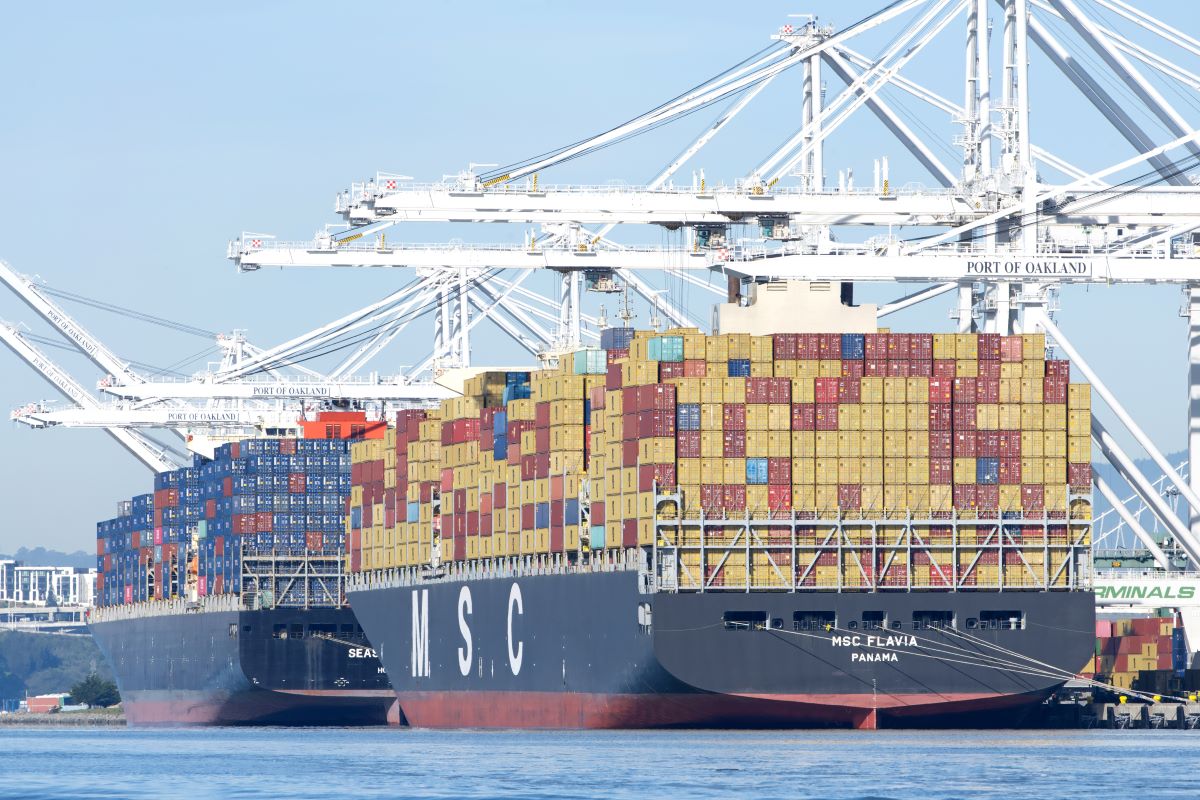By Marjorie DePuy, Senior Director, Supply Chain and Sustainability, FMI
The COVID-19 pandemic stress-tested most supply chains, and also showed the resilience of the food industry. Despite an initial shock to service levels and rising and enduring costs, in the end our supply chains for food and consumer products held strong, delivering essential goods to the consumers who needed them.
For a deeper understanding of what happened during the peak of the pandemic, how industry players feel about the future, and how we can make supply chains more resilient, FMI partnered with the Boston Consulting Group (BCG) to conduct a benchmarking survey of retailers, wholesalers, and consumer packaged goods (CPG) companies. I chatted with Arnold Kogan, Managing Director and Partner in the New York office of BCG about some of the findings.
DePuy: According to our survey, what did the numbers tell us about COVID-19 related impacts on food industry supply chains? What did our traditional supply chain metrics show?
Kogan: The COVID-19 pandemic had a significant impact on CPG supply chains from Q1 to Q2-Q3 both in terms of rising logistics costs and falling service levels. Service levels recovered somewhat in Q4, especially for wholesalers and retailers, but logistics costs continued to climb across the supply chain.
To protect against the possibility of further out-of-stocks, retailers and wholesalers both ramped up their orders throughout the year. Many CPG companies could not increase production fast enough to keep up with this surge in demand.
DePuy: Everyone is asking about ‘the new normal.’ How do stakeholders feel about the future?
Kogan: Our CPG respondents tended to be the most optimistic, with 40% expecting to return to pre-pandemic service levels by summer 2021. By contrast, nearly half of retailers said they thought it would take more than a year (i.e., at least early 2022) for service levels to recover. Wholesaler responses fell in the middle of these two extremes.
Players across the entire value chain expect that the COVID-19 pandemic will have long-lasting impacts. Most respondents said they think that SKU consolidation in the CPG industry is here to stay and that many consumers have made a permanent shift from in-store shopping toward pickup and delivery options.
DePuy: We’ve just lived through a series of system shocks. What lessons can companies learn from the supply chain turmoil of 2020 so that they are better prepared for future shocks?
Kogan: In order to quickly adjust supply chains, companies need to be able to detect and understand sudden shifts in the marketplace. They can only do that if they have the digital capabilities to collect and analyze data from multiple sources, including proprietary data, order data from value-chain partners, commodity input trends, and even social media data.
But this data won’t add much value unless companies can break down their internal silos and make sure that logistics, manufacturing, procurement and planning groups all communicate with one another. The harder piece is weighing the benefits and ramifications of sharing data externally and engaging in collaborative planning with partners up and down the value chain.
Not every stakeholder in the value chain has the same priorities. CPG companies and wholesalers generally would like to simplify product portfolios and reduce SKUs to optimize throughput, efficiency, and responsiveness. But retailers will likely push for a diverse assortment of SKUs to offer consumers.
High percentages of respondents, including all wholesalers that we surveyed, reported labor challenges during 2020. So, companies need to deploy creative solutions that improve labor resilience, including financial incentives, automation, and workforce augmentation (i.e., sourcing employees from untapped labor sources). For example, when many restaurants closed during the pandemic, some retailers reached out to those workers and successfully redeployed them into grocery stores.
Ultimately, data is the foundation of supply chain resilience. As a food industry we need to be gathering a broad array of data to form a digital control tower, analyzing the data to gain insights, using those insights to act decisively, and sharing the data with partners to strengthen the entire supply chain.
Download The 2020 Supply Chain Benchmark
Replay the discussion of supply chain metrics that matter, aired on June 29, and view the presentation slides.
Recording and Slides



 Industry Topics address your specific area of expertise with resources, reports, events and more.
Industry Topics address your specific area of expertise with resources, reports, events and more.
 Our Research covers consumer behavior and retail operation benchmarks so you can make informed business decisions.
Our Research covers consumer behavior and retail operation benchmarks so you can make informed business decisions.
 Events and Education including online and in-person help you advance your food retail career.
Events and Education including online and in-person help you advance your food retail career.
 Food Safety training, resources and guidance that help you create a company food safety culture.
Food Safety training, resources and guidance that help you create a company food safety culture.
 Government Affairs work — federal and state — on the latest food industry policy, regulatory and legislative issues.
Government Affairs work — federal and state — on the latest food industry policy, regulatory and legislative issues.
 Get Involved. From industry awards to newsletters and committees, these resources help you take advantage of your membership.
Get Involved. From industry awards to newsletters and committees, these resources help you take advantage of your membership.
 Best practices, guidance documents, infographics, signage and more for the food industry on the COVID-19 pandemic.
Best practices, guidance documents, infographics, signage and more for the food industry on the COVID-19 pandemic.
